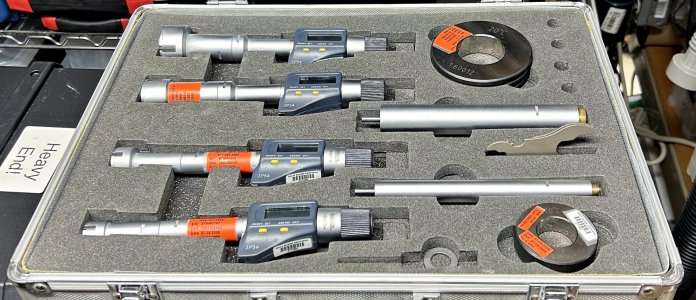- Joined
- Oct 21, 2016
- Messages
- 43
Thanks to all of you who responded to my original question. Though some have said that they would just use them and get good results that's not my experience with this Shar set.
I saw "This Old Tony's" video years back and followed his methods on another cheap set I acquired. I saw improvement but still had problems with consistent readings.
I realize that all this is loudly screaming operator error. But I don't think so... The proof will come when I get a quality set.
I contacted Shars and they wouldn't help as I purchased through Amazon and not them directly.
The best course for me is not to try polishing a turd. They are going back to Amazon for a refund.
I saw "This Old Tony's" video years back and followed his methods on another cheap set I acquired. I saw improvement but still had problems with consistent readings.
I realize that all this is loudly screaming operator error. But I don't think so... The proof will come when I get a quality set.
I contacted Shars and they wouldn't help as I purchased through Amazon and not them directly.
The best course for me is not to try polishing a turd. They are going back to Amazon for a refund.


